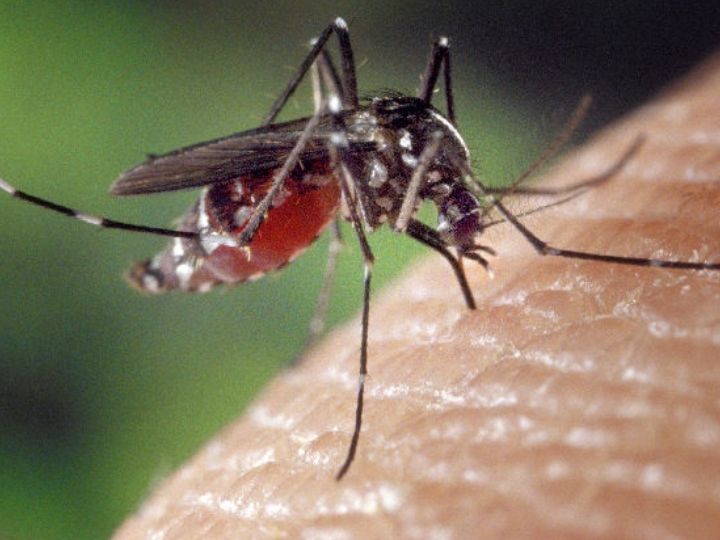

When a mosquito begins to nibble on you, it is not merely feeding on your blood, it is also injecting its saliva into your skin. If that saliva happens to be full of parasites carrying malaria or other diseases from its last victim, then most likely you will become infected, too.
The first-line treatment for malaria, caused by the P. Falciparum parasite, is artemisinin-based combination therapy, which provides a one-two punch. The drug artemisinin (derived from the Asian Artemisia annua or sweet wormwood) is combined with a quinoline-based compound. Artemisinin weakens the parasite by oxidizing it; the quinoline drug kills it.
"But the two drugs do not always cooperate, they can also be antagonistic. Our purpose is to study the interactions between artemisinin and the drugs with which they are combined to fight malaria," said Peter Vekilov, Moores Professor of Chemical and Biomolecular Engineering at the University of Houston. Vekilov received $1.2 million from the National Institute of Health, in partnership with Johns Hopkins University, to study the interactions of the drugs. Working with Vekilov is Jeff Rimer, Abraham E. Dukler Professor of Chemical and Biomolecular Engineering at UH.
As their name indicates, parasites know how to survive and adapt. When they begin to eat away at hemoglobin, hematin is produced. The toxic hematin itself could kill the parasite, but the parasite makes quick work of the hematin.
"The parasite knows how to deal with hematin, by sequestering it as innocuous crystals called hemozoin which are no longer toxic," said Vekilov. "There is a crucial gap in the understanding of interactions between drug pairs relating to how they inhibit hemozoin formation."
Many anti-malarial drugs work by inhibiting crystallization, which leaves the hematin soluble to kill the parasites. In previous work, Vekilov and Rimer proved artemisinin can also kill parasites by blocking crystallization.
Still, as a high-level organism, the parasite has adapted quickly and developed a pump, which pumps the drugs out in a process Vekilov likens to warfare.
"When you want to defend yourself against bullets, you use armor, but if you want to protect yourself against grenades, you throw them back," he said. "The parasite uses the second strategy."
Malaria kills more than 400,000 people around the world every year, mostly young children. Although it was eliminated from the United States 70 years ago, it still infects 2,000 Americans each year. According to the Centers for Disease Control and Prevention, malaria cases in the United States rose to 2,161 in 2017, the highest number in 45 years.
Artemisinin was discovered in 1971 by a Chinese scientist who won the Nobel Prize in 2015 for discovering its antimalarial properties.
"Our long-range goal is to develop a platform which will allow us to produce new drugs before the parasites develop resistance to the old ones, because that is inevitable," said Vekilov.






